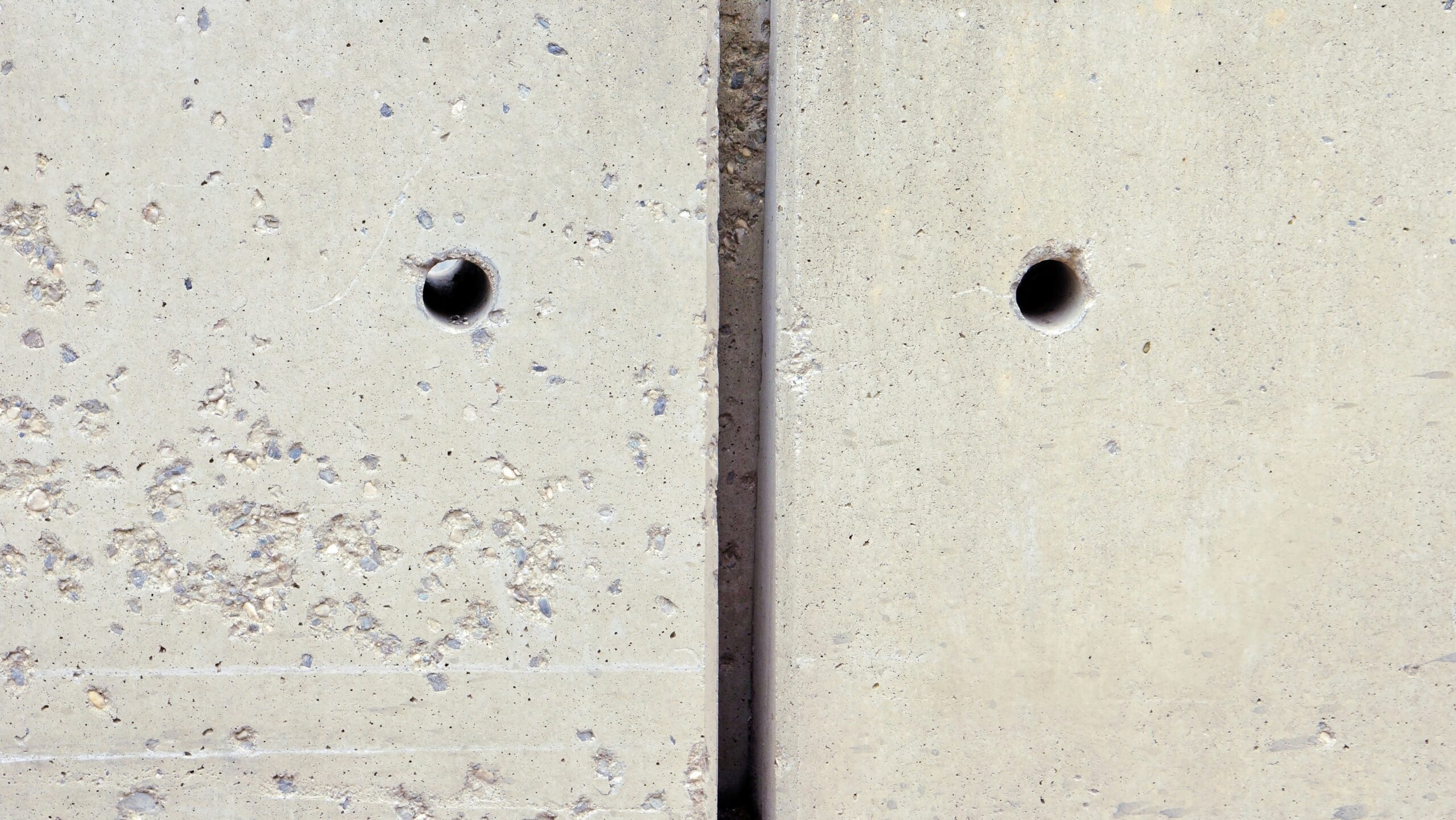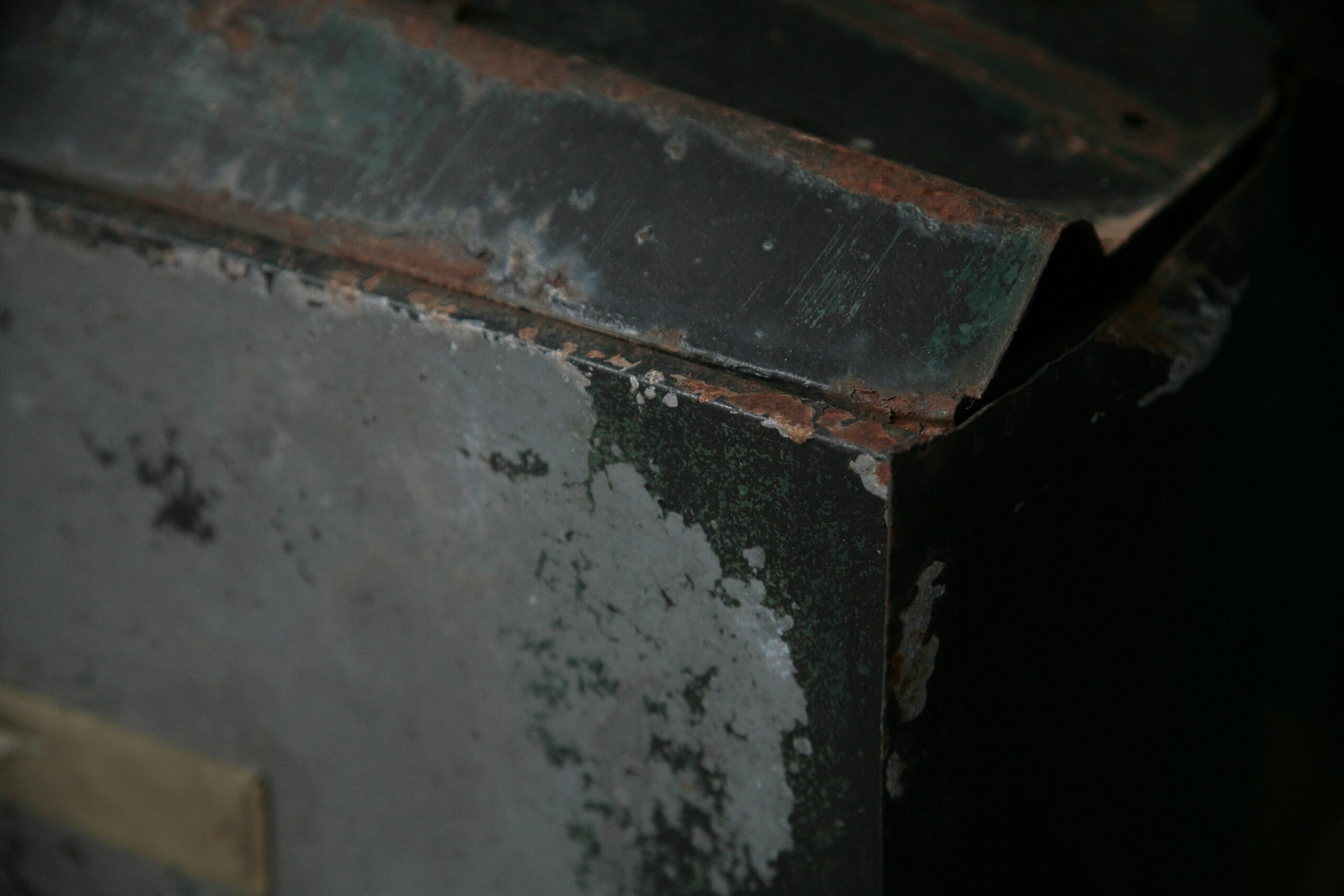Ever thought about how mold in your home could cost you thousands in medical bills and repairs? Yeah, us too. But here’s the kicker—what if I told you that bundling mold insurance with health screening programs could not only protect your wallet but also save your lungs?
In this post, we’ll explore the sneaky intersection of mold insurance and health screening programs. You’ll learn why they’re a match made in heaven, actionable steps to get started, and some brutal truths about common mistakes people make when navigating this combo. Ready? Let’s dive in.
Quick Navigation:
- Key Takeaways
- Why Mold Is More Than Just Ugly Spots On The Wall
- Step-by-Step Guide To Bundling Mold Insurance With Health Screenings
- Top Tips For Maximizing Both Programs
- Real-Life Case Study: What Happens When You Don’t Have Coverage
- FAQs About Mold Insurance & Health Screenings
- Conclusion
Key Takeaways:
- Mold isn’t just ugly—it can be dangerous and expensive without proper coverage.
- Health screening programs paired with mold insurance are a proactive way to manage risks.
- Bundling these services can lead to significant savings on premiums and healthcare costs.
- Ignoring hidden dangers like mold buildup can result in catastrophic financial outcomes.
Why Mold Is More Than Just Ugly Spots On The Wall
“Meh, it’s just a little dark patch.” Famous last words before my friend got hit with $10k worth of remediation fees *and* a nasty cough that wouldn’t quit. Spoiler alert: That “little” mold issue had spread behind the drywall faster than gossip at a family reunion.

Here’s why you should care:
1. Mold spores love damp environments—and they don’t discriminate between basements or bathroom tiles.
2. Exposure to certain molds triggers respiratory issues, headaches, and even long-term illnesses.
3. Homeowners’ policies rarely cover mold damage unless caused by a covered peril (looking at you, burst pipe drama).
If you’ve ever dealt with unexpected house repairs, then you understand why having mold-specific insurance is vital. Add a health screening program into the mix, and suddenly you’re ahead of potential problems instead of reacting to them.
Step-by-Step Guide To Bundling Mold Insurance With Health Screenings
Optimist You says: “This sounds easy enough!”
Grumpy You replies: “Easier said than done—but fine, let me walk you through it.”
Step 1: Assess Your Risk Factors
Start by evaluating your property for moisture-prone areas. Basements, attics, and poorly ventilated bathrooms are prime suspects. If you’ve recently had water leaks or flooding, those areas deserve extra attention.
Step 2: Shop Around For Mold Insurance
Not all policies are created equal. Some insurers offer comprehensive mold riders as add-ons, while others specialize solely in environmental hazards. Compare quotes from multiple providers to find one tailored to your needs.
Step 3: Enroll In A Reliable Health Screening Program
Look for screenings designed to detect early signs of exposure-related conditions like asthma, allergies, or chronic fatigue syndrome. Many employers sponsor such programs; otherwise, local clinics often provide affordable options.
Step 4: Coordinate Benefits Between Policies
Ensure your mold insurance policy complements your health screenings. For example, if mold removal triggers symptoms requiring medical care, ensure there’s no overlap or gap in coverage.
Top Tips For Maximizing Both Programs
- Invest in preventive measures like dehumidifiers and air purifiers. Fewer claims = lower premiums!
- Keep detailed records of maintenance work performed on your home. Proactive owners get better rates.
- Schedule annual health checkups to catch any mold-related issues ASAP. Early detection is cheaper.
- Avoid DIY mold removal kits if you suspect extensive growth. These jobs require pros—a lesson learned after my basement fiasco.
- (Brutal Truth Alert!) NEVER skip reading the fine print. One tiny clause about “visible mold coverage” almost bankrupted a client who didn’t know his basement ceiling wasn’t included.
Real-Life Case Study: What Happens When You Don’t Have Coverage
Remember Sarah? She ignored her musty-smelling basement until she couldn’t breathe well anymore. Turns out black mold had taken over every corner above her drop ceiling. Total cost? Over $25k—not counting ER visits due to breathing problems.

Now compare Sarah’s misfortune to another homeowner who bundled mold insurance with regular health checks. Not only were damages repaired promptly, but follow-up treatments caught minor symptoms before turning severe. Lesson learned: Prevention pays off.
FAQs About Mold Insurance & Health Screenings
Q: Does renters insurance cover mold?
A: Typically no. Most standard renters policies exclude mold unless it’s tied to a covered event like plumbing failure.
Q: How much does mold insurance cost?
A: Costs vary based on location and risk factors but expect anywhere from $500-$2k annually.
Q: Are health screenings really necessary if I feel fine?
A: Yes! Symptoms of mold exposure can develop gradually. Early intervention prevents bigger problems.
Q: Can mold permanently damage my health?
A: In extreme cases, yes. Chronic respiratory diseases, neurological impacts, and weakened immunity have been linked to prolonged exposure.
Conclusion
You made it! Now you know why pairing mold insurance with health screening programs might just be the smartest move for your finances and well-being. Remember:
- Mold doesn’t play fair—protect yourself proactively.
- Bundling ensures maximum peace of mind (and minuscules).
- Don’t wait until disaster strikes to take action.
In true Tamagotchi spirit: Like grooming your virtual pet daily, maintaining your household requires consistent TLC. So go forth, armed with knowledge, and keep both your walls and lungs happy. 🎮


